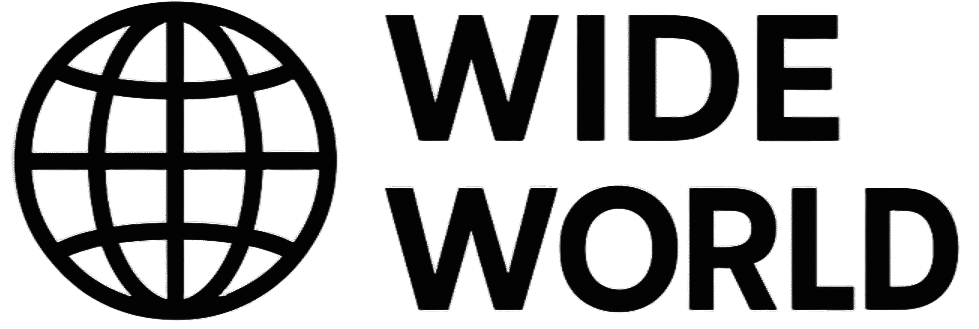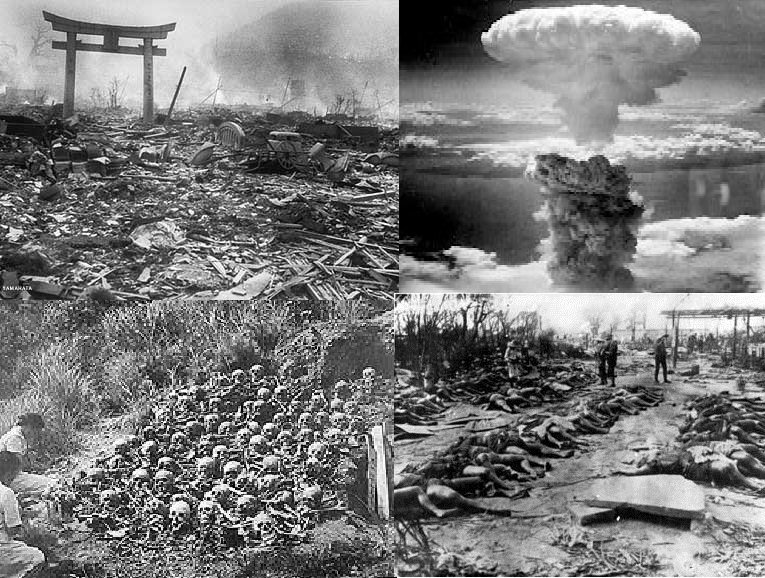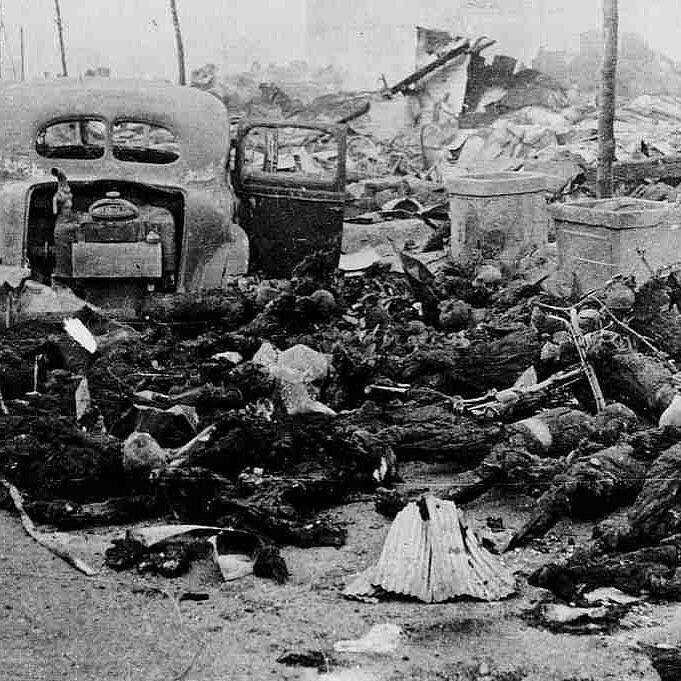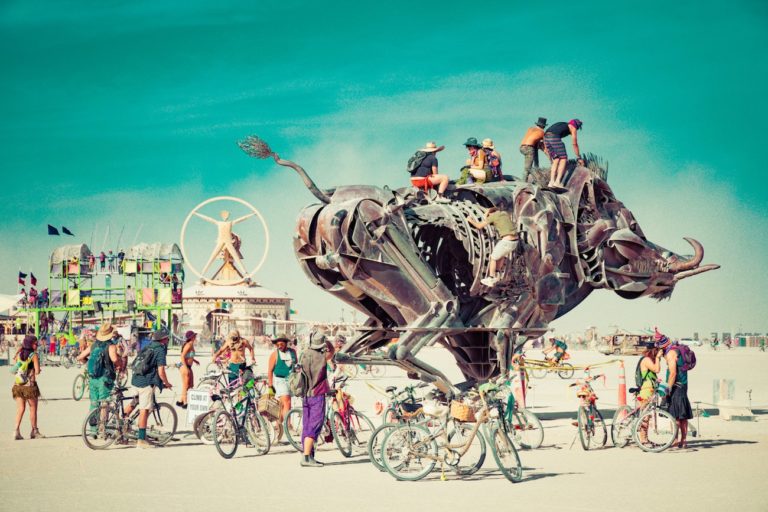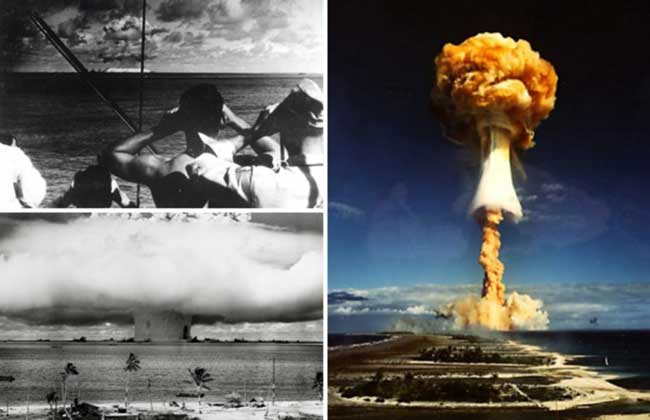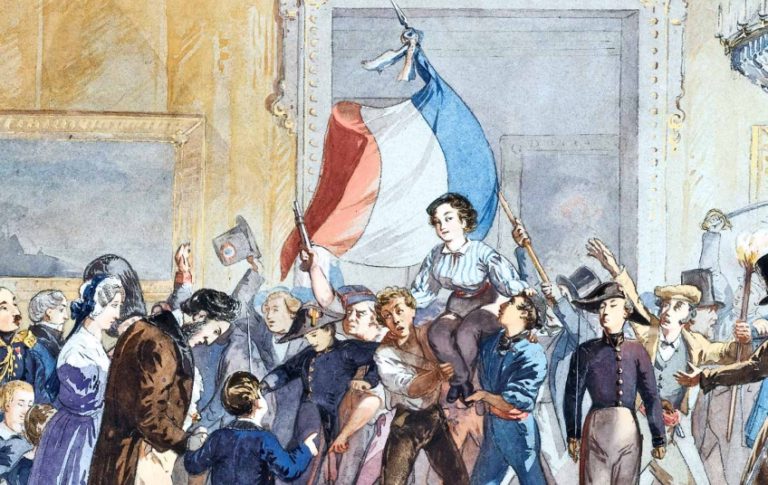The Atomic Bombings of Hiroshima and Nagasaki: What Really Happened in the Days That Followed
By the final months of World War II, Japan lay in ruins. Cities had been fire-bombed, resources were exhausted, and civilians who remained loyal to their emperor endured unimaginable hardship. Yet when the military commanded citizens to “continue fighting,” few questioned the order.
Hoping to force an end to the conflict, the United States made a devastating decision: to drop atomic bombs on Hiroshima and Nagasaki. The aftermath was unlike anything the world had ever witnessed.
According to the World Nuclear Association, roughly 103,000 people died from the explosions, ensuing fires, and long-term radiation exposure. In Hiroshima alone, the first blast killed about 45,000 people on day one, nearly one-fifth of the city’s population. Nagasaki lost an estimated 22,000 people in the first 24 hours.
What followed was chaos, destruction—and stories that still haunt the world today.

The First Blast: Bodies Torn Apart in Moments
At 8:15 a.m. on August 6, 1945, Hiroshima was beginning a normal morning under a cloudless sky. That changed when the B-29 bomber Enola Gay released the first atomic bomb. It detonated about 600 meters above the Shima Surgical Clinic, unleashing a flash brighter than the sun itself.
Those at the epicenter died instantly—vaporized, reduced to ash, or burned so completely that only their silhouettes remained on stone steps and walls. These haunting marks became known as nuclear shadows.
Seconds later, shock waves ripped through the city. As Life magazine later described, bodies were “crushed, then torn apart,” hurled through a sky filled with fire and debris. Within a 2-kilometer radius, nearly everything—people, homes, hospitals—was destroyed.
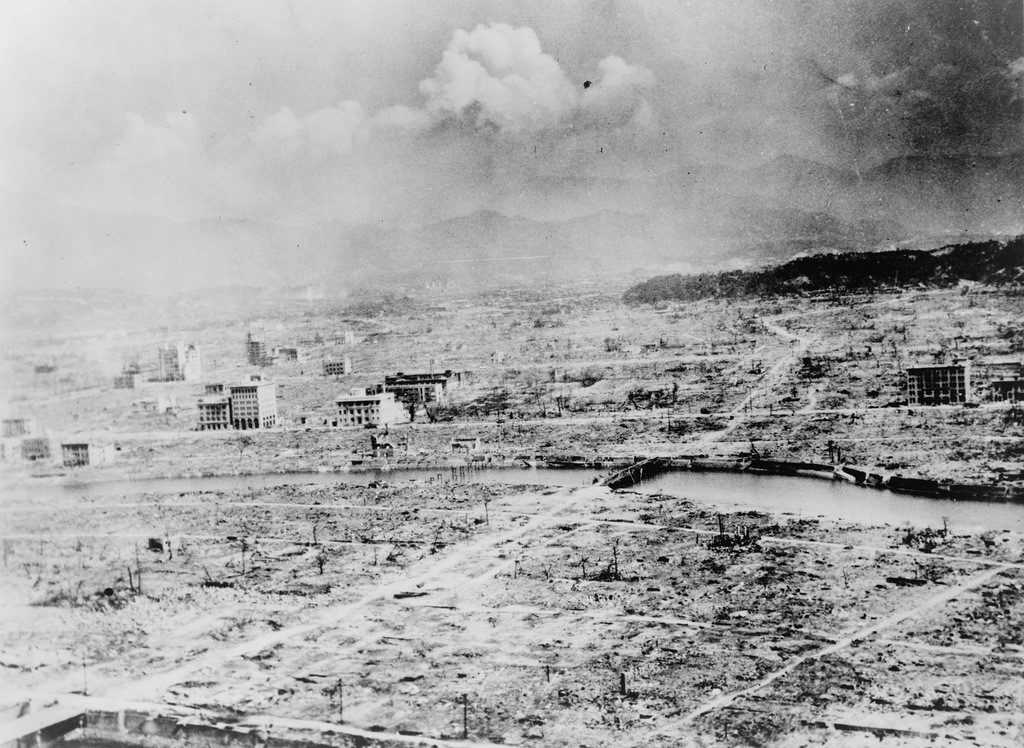
A Firestorm That Consumed the City
Temperatures at ground zero soared to over one million degrees Celsius, igniting the surrounding air and creating an expanding fireball hundreds of meters wide. The intense heat triggered a massive firestorm that swallowed Hiroshima.
Unlike traditional firebombings, where building shells sometimes remained, Hiroshima was nearly flattened. Only fragments of reinforced concrete survived. Everything else—wood, metal, life—was reduced to dust and twisted wreckage.
Survivors Thought They Had Entered Hell
The destruction was so total that many survivors believed the world had ended. Fires roared in every direction; bodies lay scattered on roads, riverbanks, and collapsing bridges.
First-hand accounts from hibakusha, the survivors, describe scenes beyond imagination. A six-year-old boy recalled bleeding, burned civilians staggering toward the river, bridges engulfed in flames, and “a landscape that felt like hell.”
A Protestant minister later said:
“I thought everyone was dead. The whole city destroyed… I believed it was the end of Hiroshima—of Japan—of humanity.”
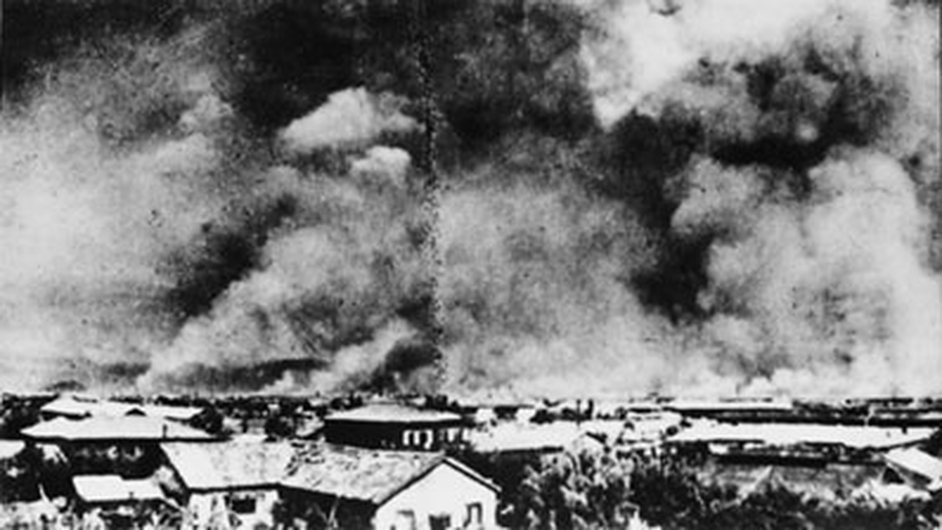
The Black Rain
About 30–40 minutes after the explosion, a strange, oily black rain fell over Hiroshima and Nagasaki. Radioactive soot, dust, and debris had mixed with water vapor high in the atmosphere before falling back to Earth.
Some terrified survivors, desperate for water, drank it without knowing it carried radioactive particles. Many would suffer for years as a result.

Radiation Poisoning Begins
In the hours following the explosion, survivors developed symptoms of acute radiation poisoning: nausea, bleeding, hair loss, fever, and death. Burns flared. Leukemia rates skyrocketed. Tumors and cataracts became common.
The tragedy deepened when it became clear that 90% of Hiroshima’s medical workers had been killed, and most hospitals destroyed. With medicines depleted, countless people died where they fell—crying out for water throughout the night.
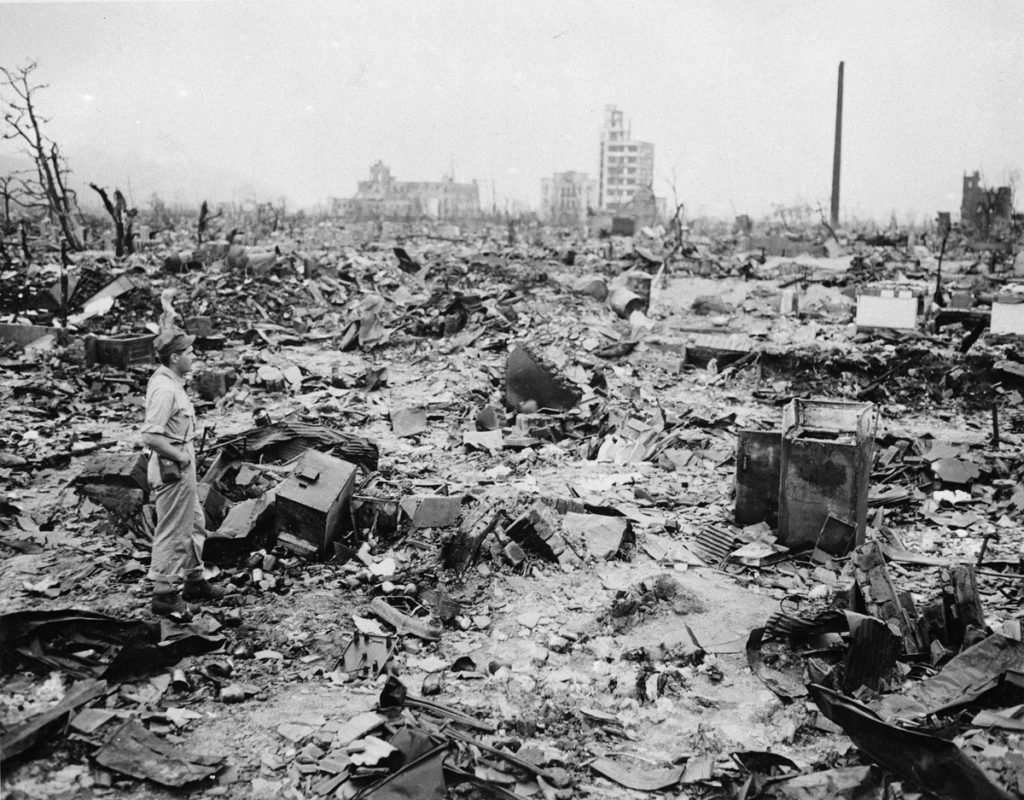
Communication Collapsed
The blast severed nearly every communication line. Radios went silent. Telegraph lines died. For hours, military officials had no idea what had happened.
Only when a scouting plane flew over the city did the truth begin to reveal itself: Hiroshima had vanished beneath a rising column of smoke.
Early messages that reached Tokyo described a “terrible flash,” a “city-wide explosion,” and an “ominous cloud.” The scale of the destruction seemed impossible to believe.
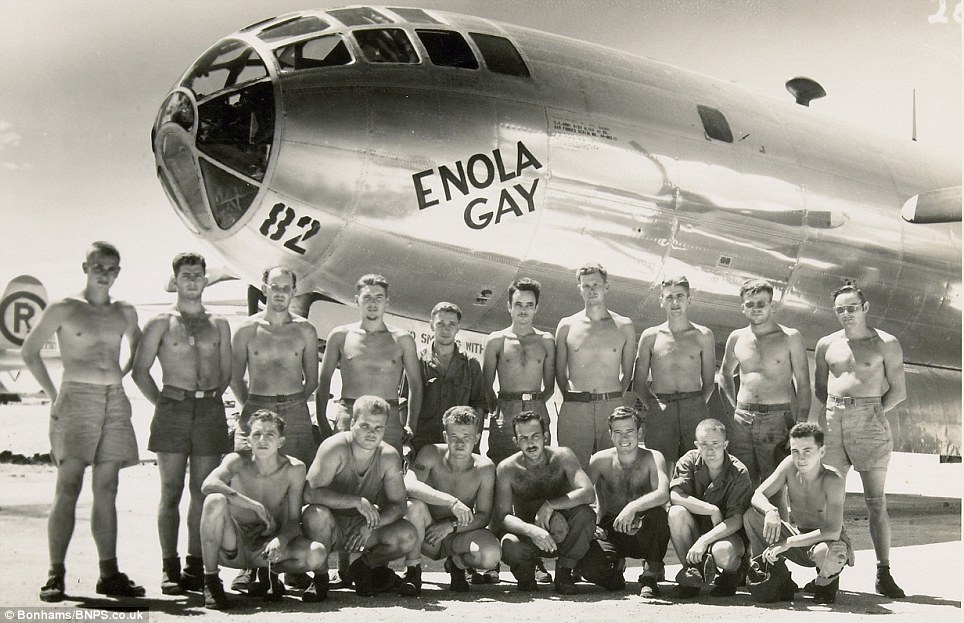
Meanwhile, the Crew of Enola Gay Were Celebrated
As Hiroshima burned, Enola Gay returned to its base on the island of Tinian. Commanders had flown in to congratulate the crew. Pilot Paul Tibbets Jr. received the Distinguished Service Cross. Afterward, General Curtis LeMay told the crew simply:
“Get cleaned up, eat a good meal, and get some sleep.”

Japan Doubted President Truman’s Announcement
President Harry Truman publicly confirmed that the United States had used an atomic bomb—and warned that more were coming. Yet Japan’s military leaders refused to believe it.
On August 7, they concluded—incorrectly—that the U.S. was bluffing. They believed Hiroshima had been hit by an unusually powerful but conventional bomb, not a nuclear weapon.

The Second Bomb: Nagasaki
Japan’s refusal to surrender prompted a second mission. On August 9, the same day the Soviet Union declared war on Japan, the B-29 Bockscar carried a plutonium bomb nicknamed Fat Man.
Its original target was the city of Kokura, but thick smoke and haze made visual bombing impossible—so the crew diverted to Nagasaki. Later, the phrase “luck of Kokura” became Japanese shorthand for narrowly escaping disaster without knowing it.

Nagasaki’s Destruction Was Severe—but Different Than Hiroshima’s
When Fat Man detonated about 500 meters above Nagasaki, it obliterated the nearby Mitsubishi arms factory and leveled large sections of the city. But the hilly terrain shielded other areas from the full blast, preventing the massive firestorm seen in Hiroshima.
Still, nearly half the city—much of it older and more fragile than Hiroshima—was reduced to rubble.
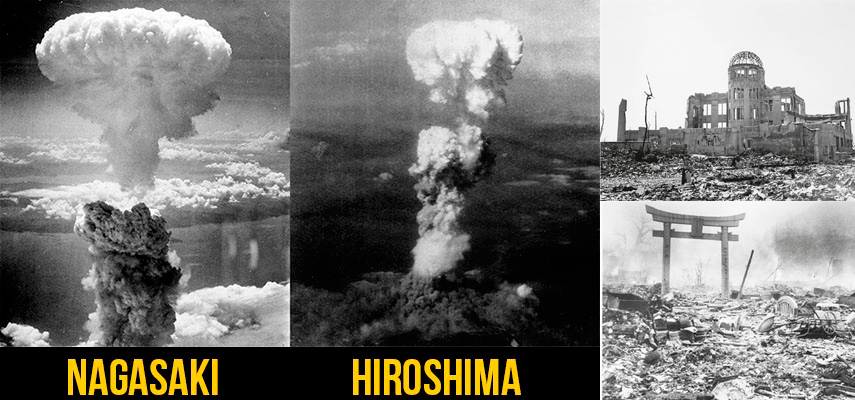
Emperor Hirohito Finally Decided to Surrender
Even after two atomic bombs and the Soviet invasion, Japan’s military leaders wanted to keep fighting. Martial law was declared, and a coup was secretly planned.
Realizing the nation faced total annihilation, Emperor Hirohito took the unprecedented step of personally intervening. In a late-night meeting, he ordered the government to accept Allied terms.
On August 14, he recorded a radio message—his first public address in history—announcing that Japan must “endure the unendurable” and cease fighting.
The war was finally ending.


Survivors Faced Years of Birth Defects and Illness
Pregnant women exposed to high radiation levels suffered high rates of stillbirths, early infant death, and severe birth defects. Even children conceived up to five years after the bombings showed elevated rates of abnormalities.
However, the grandchildren of survivors have not shown similar effects, though studies continue.
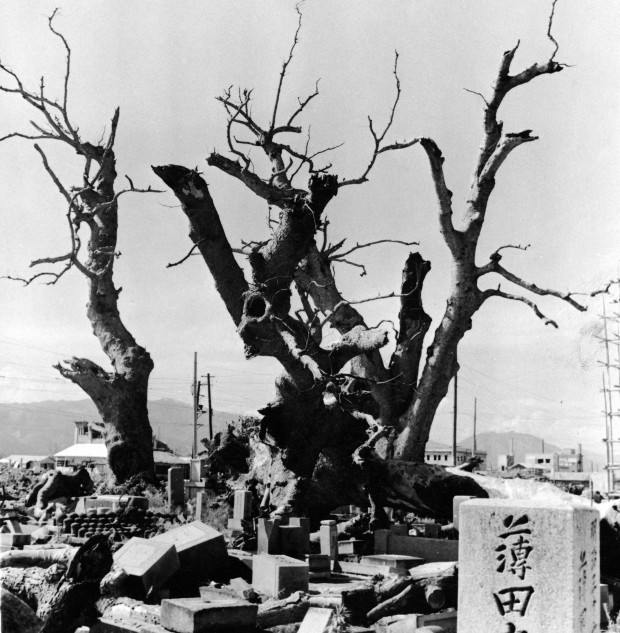
Mutated Plants Appeared in Nagasaki
In the years following the bombing, scientists observed unusual mutations in plants near the blast site. Sesame plants produced 33% more seeds, though 90% were sterile. Even forty years later, vegetation showed signs of cellular damage—its distribution influenced by wind patterns and uneven radioactive fallout.
